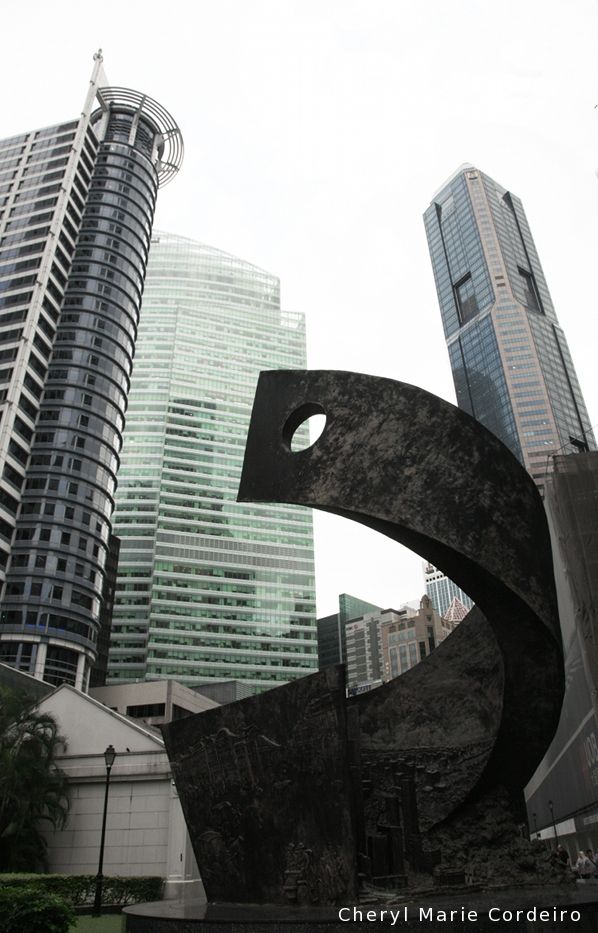Raffles Place, Singapore.
Text & Photo © JE Nilsson, CM Cordeiro 2013
A number of years ago, I decided to focus my doctoral thesis on cross-cultural leadership in Swedish led organizations in Singapore. The idea was to identify elements of the Swedish management style and how this in that case would work out in Asian organizations. The study led to numerous interesting observations of which a selection of ideas were developed into my thesis.
For some time now I have come to look into Sweden’s positioning within the European Union (EU), and in a comparative study, Singapore’s positioning within the Association of Southeast-Asian Nations (ASEAN).
The issue of Sweden’s overall positioning towards European integration has been much considered and debated in the Swedish political arena and by interested members in academia.
